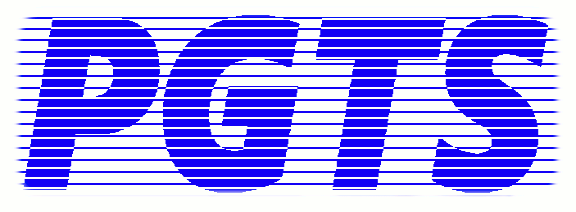The TLD is the last portion of the domain name. It is sometimes referred to as the root domain. In many cases it is meant indicate the country or region of origin. So for example a TLD of .au is supposed to indicate an Australian web site, and .uk would represent a web site from the United Kingdom.
However, the fluid nature of the Internet, and the registration processes involved, means that the TLD does not necessarily indicate the true geographic location of a domain. And there are also non-geographic TLDs (such as .biz, .info etc).
According to this study the .hk TLD is the riskiest, with 19.2 percent of all sites rated as red or yellow. This TLD is supposed to be reserved for Hong Kong. The .cn (China) TLD was the second riskiest weighing in at 11.8 percent.
The least risky domains included .jp (Japan), .fi (Finland), .no (Norway) and .gov (Governmental), all of which rated less than 0.2 percent.
Australia (.au) was the second least risky in the Asia region, checking in at 0.27 percent. Although this was exceptionally good, it had deteriorated since the last study.
However, it is important to note the caveat above. This does not necessarily indicate that there is a preponderance of spammers and computer criminals in Hong Kong and very few in Australia. This is probably more to do with regulation of the domain registration process for the different TLDs.
Another thing which to bear in mind is the nature of the threat. I went to the McAfee site and looked at the current malware listed on their Threat Centre page. These had names like the following:
- GPCoder.h
- PWS-Banker.gen.ac
- Phish-BuyPhony
- W32/Stration.gen.dldr
- W32/Zhelatin.gen!eml
All of which only affected Windows or were specifically targeted at a Microsoft product.
I searched the McAfee site for evidence of a threat that might affect a Linux workstation, and I didn't find one
So, if you using Firefox on an up-to-date edition of Ubuntu, the threat level is vanishingly small.
 PGTS Pty. Ltd. ACN: 007 008 568
PGTS Pty. Ltd. ACN: 007 008 568
